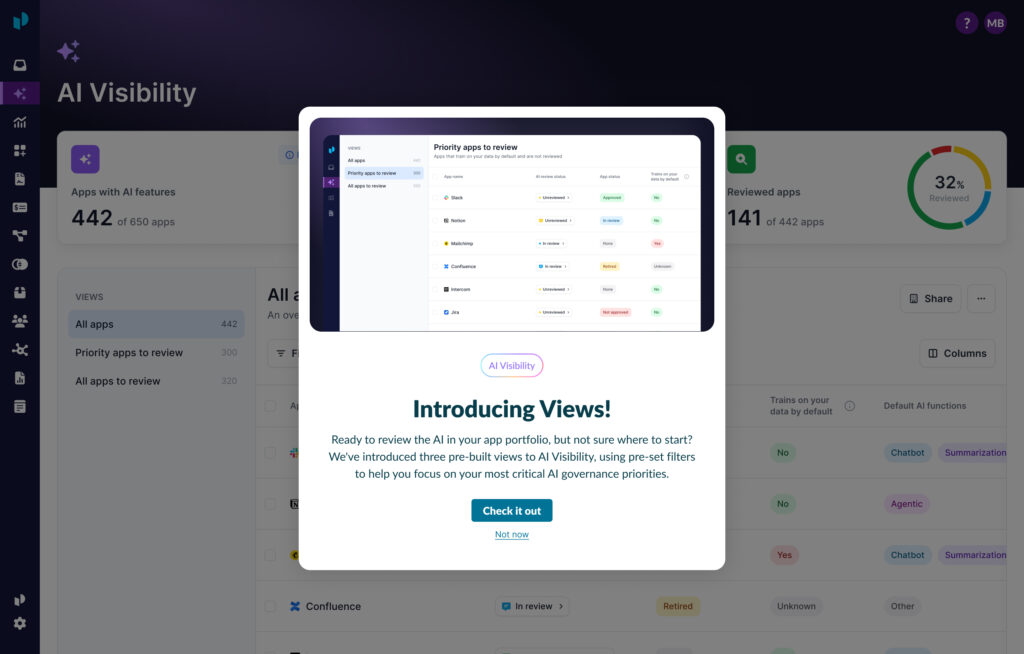
Doing more with less: How to survive an IT budget cut
By John Edwards
When the budget axe swings, leaders, teams, and projects all feel the impact. Even if nothing can be done to slow the blow, it still may be possible to soften the impact.
Budget cuts are never welcome, but smart IT leaders can often keep their teams and plans on track by making some shrewd and judicious modifications.
Take a holistic and strategic view of where you’re spending money and assess how well that matches your operational needs and strategic goals, advises Robert Monroe, teaching professor of business technologies at Carnegie Mellon University’s Tepper School of Business. “Look for mismatches where the money you’re spending is out of alignment with your broader goals and needs and cut there,” he recommends. “This seems obvious, but it can be hard to operate so rationally and, well, mercilessly, in a complex organization.”
When budget cuts are called for, IT leaders should use deep data and insights to make the best decisions, says Aashish Chandarana, CIO with enterprise SaaS management platform provider Productiv. “While no one wants to make cuts, the good news is there are sectors of IT budgets that are ripe for optimization, especially things that you have deployed through recent transformation activities.”
For example, the average company is overspending on SaaS apps, Chandarana observes. He notes that slightly over half of all SaaS licenses go unused, as organizations struggle to forecast their license needs. “Accurate insights based on deep, granular SaaS app usage . . . as well as vendor contracts and organizational data, can help IT leaders make the right decisions when it comes to purchasing and renewing licenses.”
Defensive Tactics to Budget Cuts
Budget cuts create stress and confusion, which can baffle an ill-prepared leader or leadership team. Each leader addresses budget cuts in their own way, since there are many drivers, objectives, and desired outcomes that power the need to reduce spending, says Scott Schlesinger, US data and analytics lead at management consulting firm PA Consulting. “Regardless of the reason for the cuts, how the organization executes the strategy, and how effectively the cuts are done, can ultimately be a major factor in the very survival of some organizations.”
Budget cuts can also open the opportunity to reevaluate existing projects. “Are in-flight projects delivering the intended business and technology outcomes?” asks Tim Potter, a principal at business advisory firm Deloitte Consulting. “A thorough assessment of all IT projects is important to validate the achievable ROI and relative importance of each program.” He notes that a budget reevaluation can also help IT leaders to avoid the sunk-cost fallacy — the tendency to continue investing in projects that aren’t yielding the desired benefits simply because a significant amount has already been invested in the project.
Minimizing the Impact of Budget Reductions
By viewing the IT portfolio through a critical lens, it’s possible to eliminate projects delivering only limited benefits. IT initiatives should be prioritized to reduce run costs, simplify the environment, and improve IT productivity, Potter suggests. “Further, it fosters a deeper relationship between technology and business leaders, ensuring business spend for IT is aligned with the company’s strategic objectives.”
While the best diamonds are created under pressure, the same can’t be said for budget decisions. “When under pressure, it can be tempting to pursue easy options, like cutting planned projects or applying even budget reductions across departments,” Potter explains. Yet such tactics usually aren’t likely to yield an optimal outcome.
Meanwhile, a budget reexamination may reveal planned initiatives that could yield significant efficiency and productivity improvements. “Those projects need to be evaluated alongside all active initiatives and prioritized based on objective cost and benefit measures,” Potter says. “By making smart choices when budgets are being cut, IT leaders can set up their organizations to win in the market and, in turn, reverse the budget contraction.”
Taking a data-focused approach to budget cuts provides the opportunity to analyze and model different scenarios, explore and experiment prior to execution, and look for a method that will turn a cost-cutting measure into an opportunity, Schlesinger says. “Focusing on data and working to remove emotion, political bias, and other entrenched organizational barriers is the best course to reduce risk during lean times and offer leaders visibility into where opportunities may lie.”
Cutting where it’s easy to cut rather than where it’s strategically wise is never a good idea, advises CMU’s Monroe. “At the very least, make sure you’re cutting lower priority projects and work rather than higher priority ones,” he says. “If you’re feeling ambitious, use the driver of budget cuts to broadly reassess what your team does, how they do it, and whether that work could be modified or re-focused to better align with your organization’s strategy and goals.”
About Productiv:
Productiv is the IT operating system to manage your entire SaaS and AI ecosystem. It centralizes visibility into your tech stack, so CIOs and IT leaders can confidently set strategy, optimize renewals, and empower employees.





